Forget what you know about parenting—these animals take it to a whole new level.
Some don’t just protect their young, they sacrifice everything for them. Others build complex, intricate homes to ensure survival. And then there are the ones that endure freezing temperatures or cross dangerous terrains, all to guarantee their babies have a fighting chance.
In the wild, parenting isn’t a choice—it’s a relentless, often extreme, responsibility. And these 17 species? They go above and beyond, proving that love doesn’t just stop at comfort and care.
Ready to be amazed? These animal parents make the rest of us look like amateurs in the devotion department.
Emperor Penguin
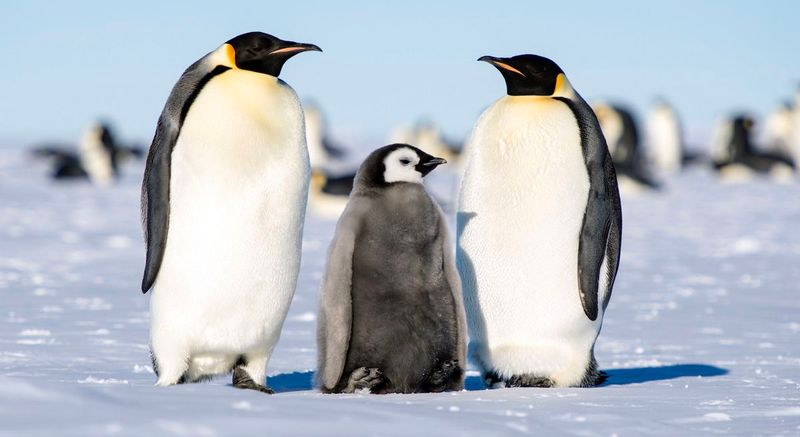
Ever wonder what it takes to be an Emperor Penguin parent? Picture this: a vast, icy landscape with temperatures plummeting to minus 60 degrees Celsius.
There stands the Emperor Penguin, balancing an egg on its feet, wrapped under a warm belly flap. For up to two months, the male endures this extreme cold without eating, all to protect its future chick.
These resilient birds huddle together for warmth, showcasing nature’s marvel of teamwork. Such commitment ensures the next generation of penguins thrives even in the coldest place on Earth. It’s a tale of incredible endurance and parental devotion.
Poison Dart Frog
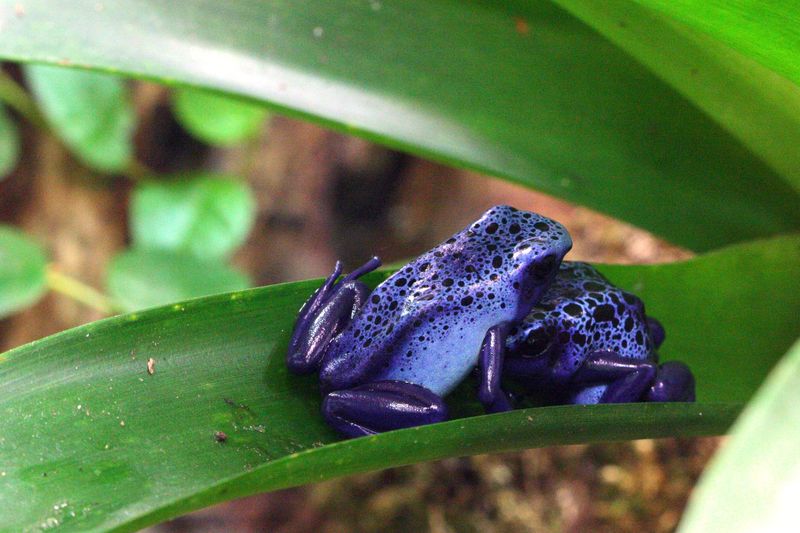
In the vibrant jungles of Central and South America, the Poison Dart Frog showcases an extraordinary devotion to its young. The female lays her eggs on land, and once hatched, the tiny tadpoles climb onto the male’s back.
Embarking on a perilous journey, he transports them to water-filled bromeliads high in the trees. This nurturing parent provides a safe haven, away from predators. The mother even feeds them unfertilized eggs as nourishment.
Such intricate care highlights the frog’s commitment to its lineage, ensuring their survival in the dense rainforest canopy.
Octopus
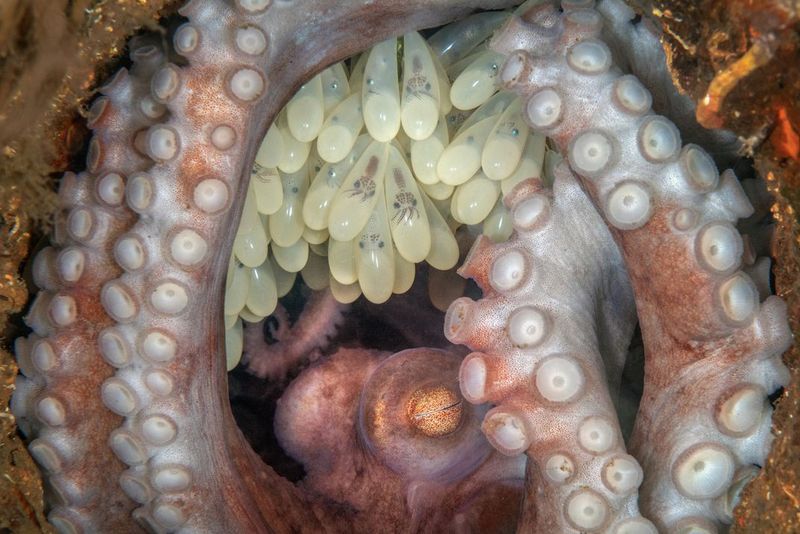
The octopus is a symbol of ultimate sacrifice when it comes to parenting. A female octopus lays tens of thousands of eggs, dedicating all her energy to protecting them inside an underwater cave.
She diligently cleans and aerates them, ensuring their healthy development. During this period, the octopus does not eat, focusing solely on her brood. Once the young hatch, she has exhausted her energy and passes away.
This poignant cycle of life showcases the octopus’s selfless commitment to the next generation. Her legacy lives on in the vast, mysterious ocean depths.
Orangutan
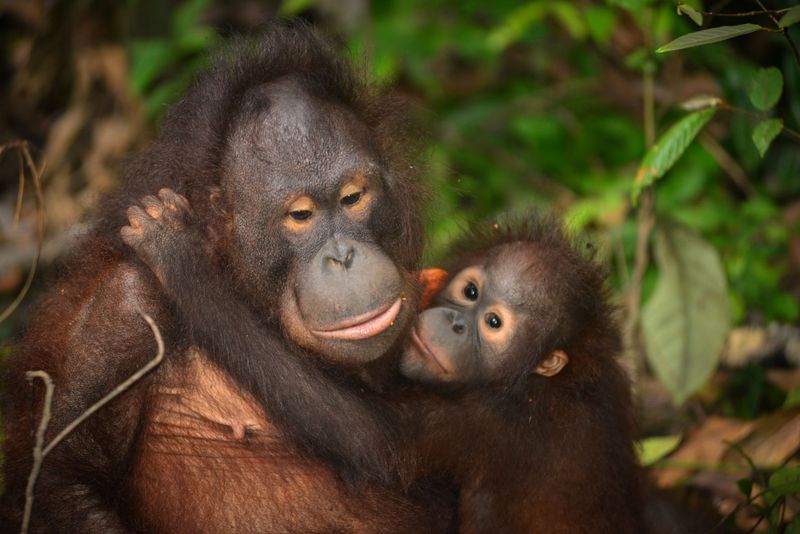
In the lush rainforests of Borneo and Sumatra, the orangutan is known for its extended parenting. These intelligent apes invest over seven years nurturing a single offspring.
The mother teaches her young vital survival skills, from finding food to building nests in the treetops. This long-term investment ensures the young orangutan grows into a capable adult, equipped to navigate the complex forest environment.
The bond between mother and child is profound, underscoring the orangutan’s role as one of the animal kingdom’s most dedicated parents.
Alligator
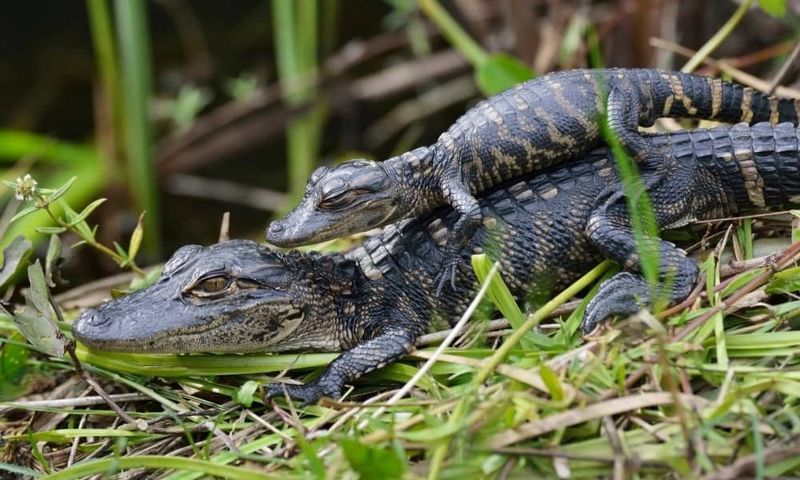
Despite their fearsome reputation, alligators are attentive parents. When her eggs hatch, the mother gently carries her young to the water in her powerful jaws. She remains close, guarding them fiercely from predators.
These vigilant mothers monitor their hatchlings for several months, teaching them how to navigate the swamp’s murky waters. This protective nature showcases a softer side to these reptiles, as they ensure their offspring grow strong in the wild.
The alligator’s maternal instincts remind us that even the most formidable creatures harbor a nurturing spirit.
African Elephant
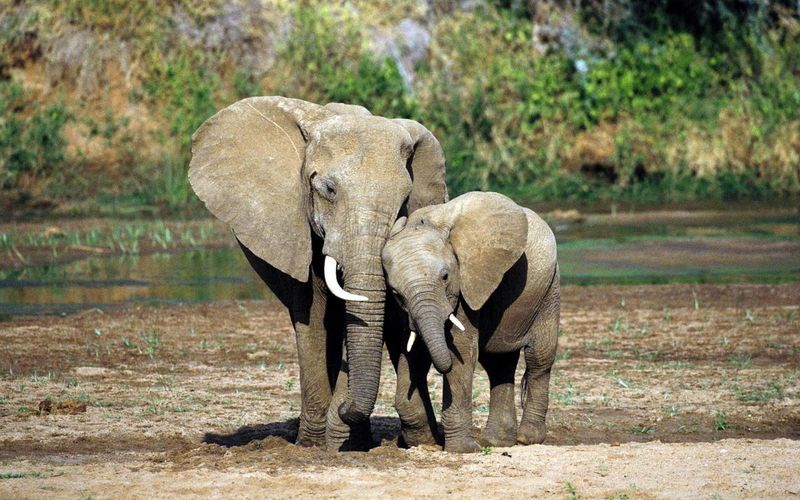
The African elephant is renowned for its close-knit family structure and maternal care. A mother elephant will guard and nurture her calf for up to a decade, teaching it essential life skills.
The herd, led by a matriarch, provides a supportive environment where every member contributes to the young’s upbringing. This communal care ensures the calf learns to find food, identify threats, and navigate the vast savannah.
The bonds formed within an elephant family are strong, showcasing the gentle giants’ deep commitment to their kin.
Cichlid Fish

The cichlid fish exhibits a remarkable form of parental care in the aquatic world. Found in freshwater lakes, these fish are known for their mouthbrooding behavior. After fertilization, the female carries the eggs in her mouth to protect them.
Once the fry hatch, they often return to their mother’s mouth at the first sign of danger. This unique form of protection ensures the young have a safe start in life.
The commitment of cichlid parents to safeguard their offspring is a testament to their nurturing instincts.
Red Fox
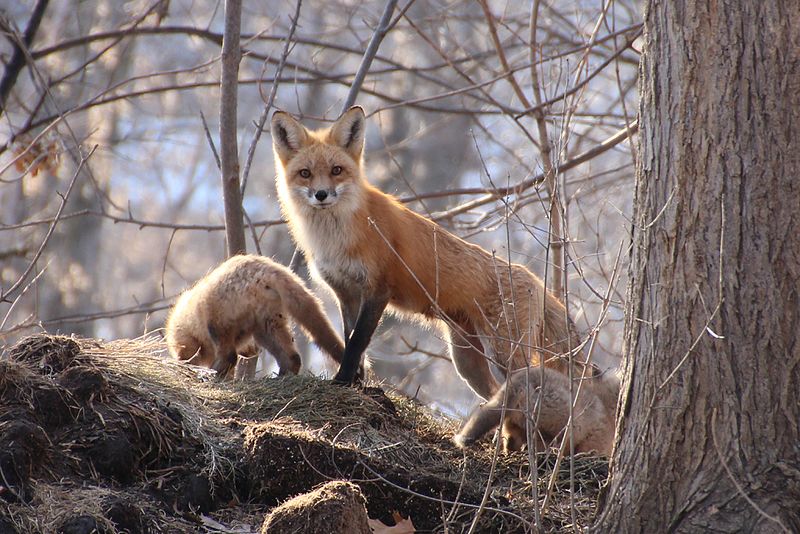
In the enchanting world of the forest, the red fox stands as a model of clever parenting. After giving birth in a secure den, the vixen tends to her young with care. She ventures out to hunt, bringing back food to nourish her kits.
The male fox, too, plays a pivotal role, protecting the den and teaching the young foxes vital survival skills. This partnership ensures the kits grow up savvy and strong, ready to face the challenges of the wild.
The red fox’s dedication to its family is a beautiful blend of teamwork and instinct.
Seahorse

In the vibrant underwater world, the seahorse showcases a unique twist on parental roles. The male seahorse carries the pregnancy, nurturing the eggs in his pouch until they hatch. This role reversal is a fascinating aspect of seahorse life.
Upon release, the tiny fry are fully formed and ready to explore the coral reef. This extraordinary parenting approach ensures a safe start for the young, with the male providing protection and nourishment.
The seahorse’s nurturing nature is a delightful reminder of the diversity of life in the ocean.
Polar Bear
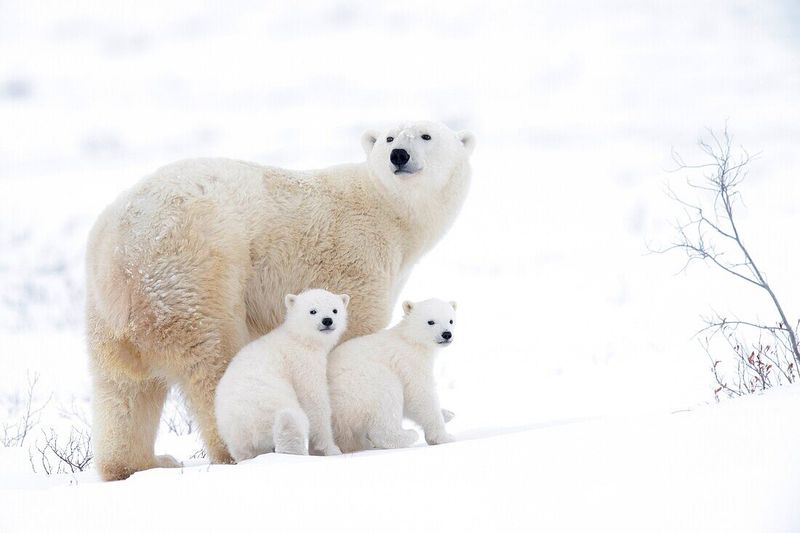
Polar bears are iconic symbols of maternal care, thriving in the harsh conditions of the Arctic. A mother polar bear builds a den from snow, where she gives birth and nurses her cubs during the coldest months.
She emerges in spring, leading her young on a journey across the ice in search of food. These cubs rely on their mother for warmth and protection as they learn to navigate their icy world.
The fierce dedication of polar bear mothers ensures their cubs’ survival in a challenging environment. Their story is one of strength and perseverance.
Emperor Scorpion
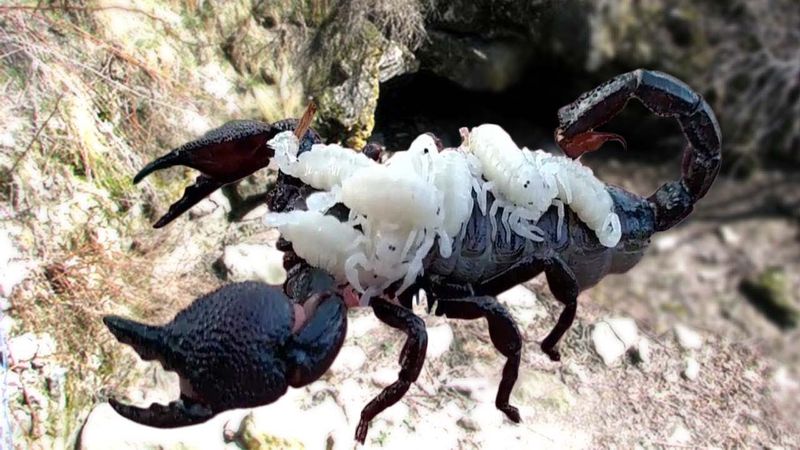
The emperor scorpion offers a glimpse into the world of arachnid parenting. In arid landscapes, the female gives birth to live young, which she carries on her back for protection.
These tiny scorpions stay with their mother for several weeks, learning to fend for themselves. The mother’s protective nature ensures her offspring survive the harsh desert conditions.
This fascinating maternal behavior highlights the emperor scorpion’s dedication to the next generation, showcasing an often-overlooked side of these enigmatic creatures.
King Penguin
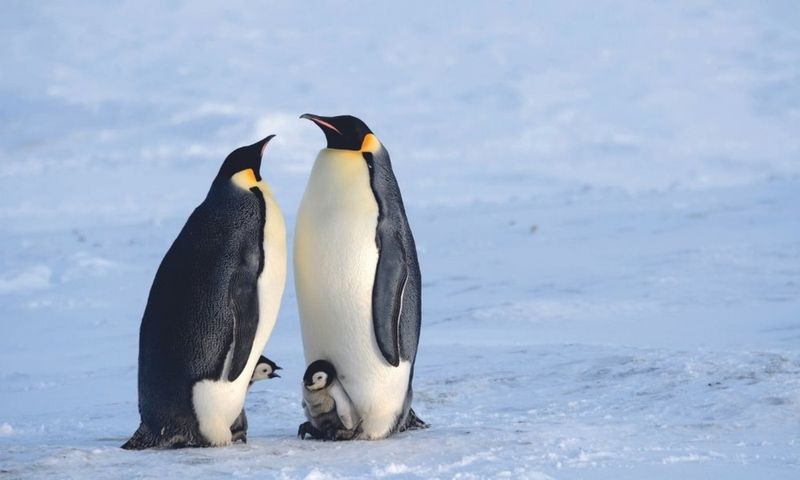
In the sub-Antarctic islands, the king penguin showcases cooperative parenting. Both parents take turns keeping their single egg warm on their feet, while the other forages for food.
This teamwork ensures the egg remains safe and the chick, once hatched, receives ample nourishment. The king penguin’s commitment to shared parenting reflects a harmonious partnership.
Their synchronized efforts are a testament to the power of collaboration in overcoming environmental challenges.
Hornbill

In the dense forests of Asia, the hornbill exhibits a unique nesting behavior. The female seals herself inside a tree cavity with her eggs, relying on the male to bring food.
This confinement ensures safety from predators, while the attentive male provides sustenance. Once the chicks are ready, the family breaks free to explore their vibrant world.
The hornbill’s extraordinary parenting strategy highlights a fascinating adaptation to forest life. Their story is one of trust and resourcefulness.
Wolf
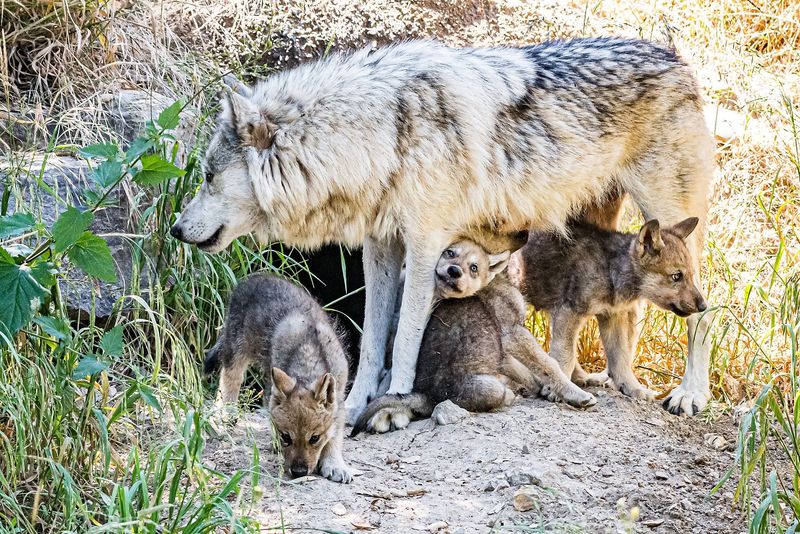
The wolf, a symbol of loyalty and family, showcases cooperative care within the pack. After the alpha female gives birth, the entire pack contributes to the upbringing of the pups.
Each member plays a role, from feeding to teaching survival skills. This shared responsibility ensures the pups grow into skilled hunters and valued pack members.
The wolf’s family-oriented nature is a beautiful testament to the strength of unity and collaboration in the wild.
Giraffe
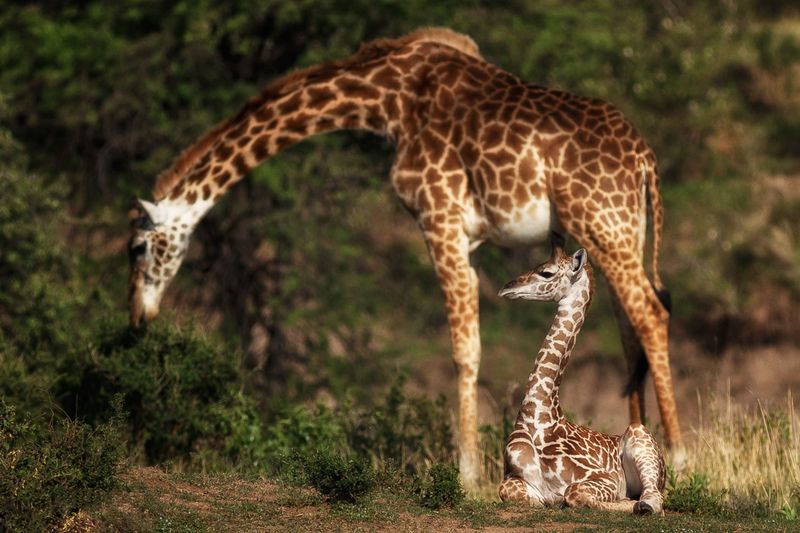
In the sweeping African plains, the giraffe stands tall as a devoted parent. A mother giraffe gives birth standing up, allowing her calf to fall to the ground, a practice that stimulates breathing.
The calf quickly learns to stand and walk, guided by its mother’s gentle nudges. This early independence is crucial for survival, as the pair navigates the vast savannah.
The giraffe’s nurturing nature ensures its young thrive, embodying the grace and resilience of these gentle giants.
Kangaroo

The kangaroo is an emblem of parental care in the Australian outback. A mother kangaroo keeps her tiny joey safe in her pouch, where it continues to develop.
As the joey grows, it ventures out, learning to hop and forage while remaining close to its mother. This unique upbringing ensures the young kangaroo gains confidence and independence.
The kangaroo’s nurturing embrace is a beautiful symbol of maternal love down under.
Albatross
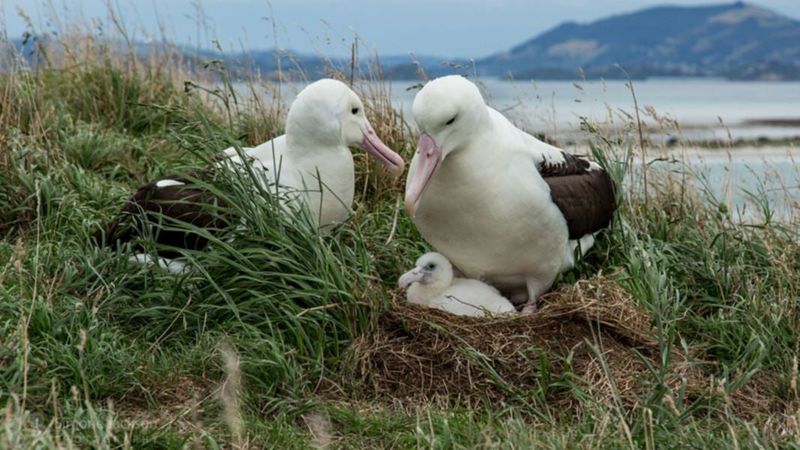
Albatrosses are renowned for their lifelong pair bonds and elaborate courtship dances, but their commitment to parenting is no less extraordinary. These seabirds travel vast distances across open oceans to provide for their young.
Once the single egg is laid, both parents take turns incubating it and later feeding the chick. This requires long, arduous journeys to find food, sometimes covering thousands of miles.
The bond between albatross parents is vital for their chick’s survival. Their synchronized efforts ensure the chick grows strong enough to eventually take to the skies and continue the cycle of life.

